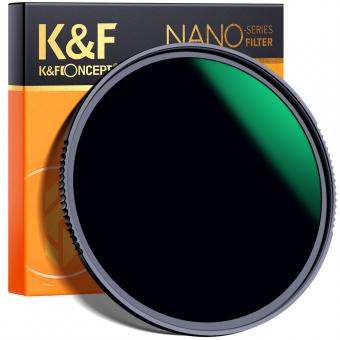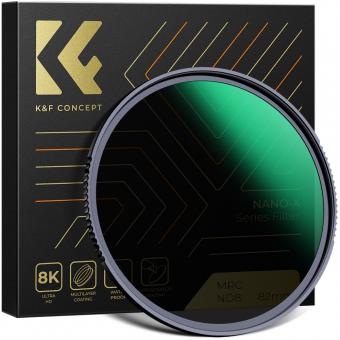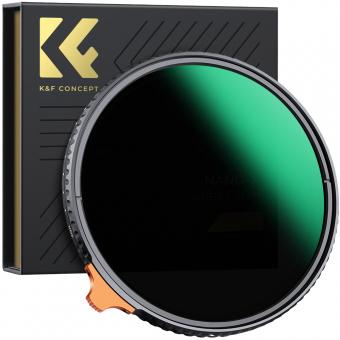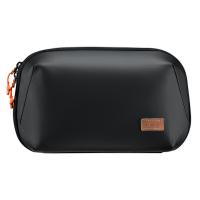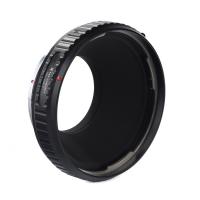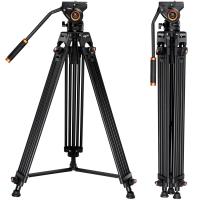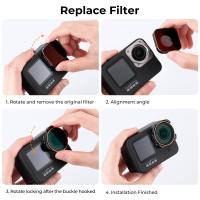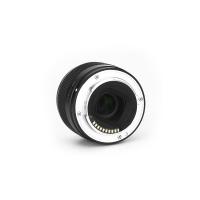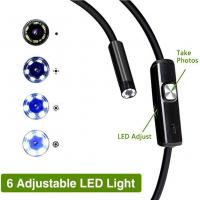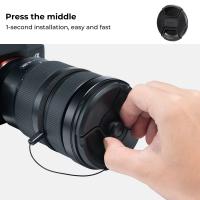How To Clean 10 Stop Nd Filter?
To clean a 10 stop ND filter, you should first use a blower brush to remove any loose dust or debris from the surface of the filter. Then, use a microfiber cloth or lens cleaning tissue to gently wipe the filter in a circular motion, starting from the center and working your way outwards. Avoid using any harsh chemicals or abrasive materials, as these can scratch or damage the filter. If there are stubborn smudges or fingerprints on the filter, you can use a small amount of lens cleaning solution on the cloth or tissue, but be sure to apply it sparingly and avoid getting any liquid on the edges or threads of the filter. After cleaning, inspect the filter carefully to ensure that there are no scratches or other damage that could affect image quality.
1、 Proper handling and storage of the filter
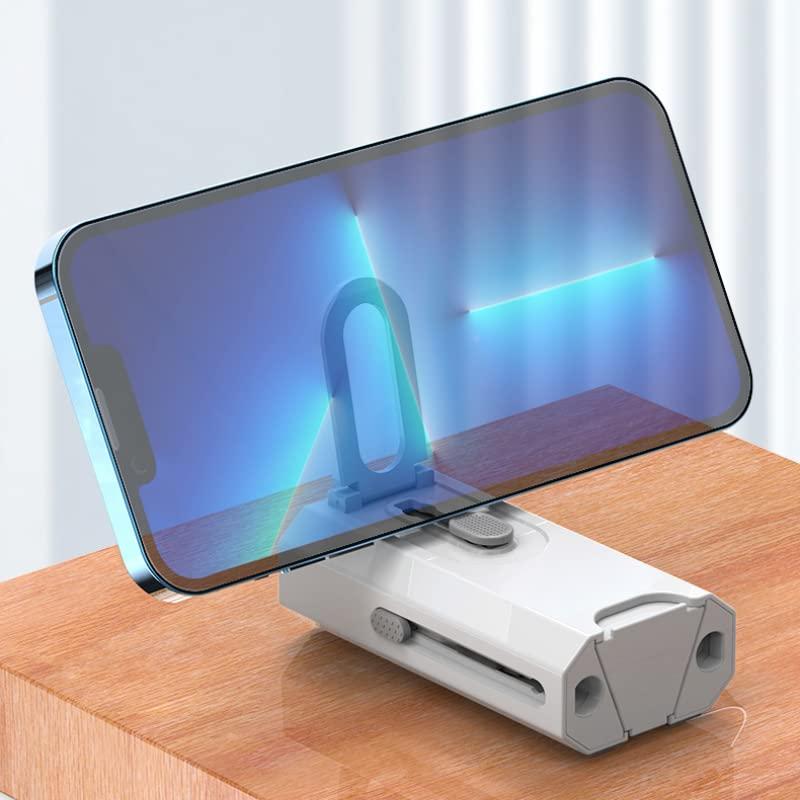
To clean a 10 stop ND filter, you should follow a few simple steps to ensure that you don't damage the filter or reduce its effectiveness. Firstly, use a blower brush or compressed air to remove any loose dust or debris from the surface of the filter. This will prevent any scratches or smudges from forming during the cleaning process. Next, use a microfiber cloth or lens cleaning tissue to gently wipe the surface of the filter in a circular motion. Avoid using any harsh chemicals or abrasive materials that could scratch or damage the filter. If there are any stubborn smudges or fingerprints, you can use a small amount of lens cleaning solution on the cloth, but be sure to avoid getting any liquid on the edges or threads of the filter.
Proper handling and storage of the filter is also important to maintain its effectiveness and longevity. Always handle the filter by the edges or use a filter wrench to avoid touching the surface. When not in use, store the filter in a protective case or pouch to prevent any scratches or damage. Avoid exposing the filter to extreme temperatures or humidity, as this can affect its performance.
It's worth noting that some photographers prefer to leave a small amount of dust or smudges on their ND filters to create a unique effect in their photos. However, if you prefer a clean and clear filter, following these cleaning and storage tips will help you maintain the quality of your 10 stop ND filter for years to come.
2、 Use of a blower or brush to remove loose debris
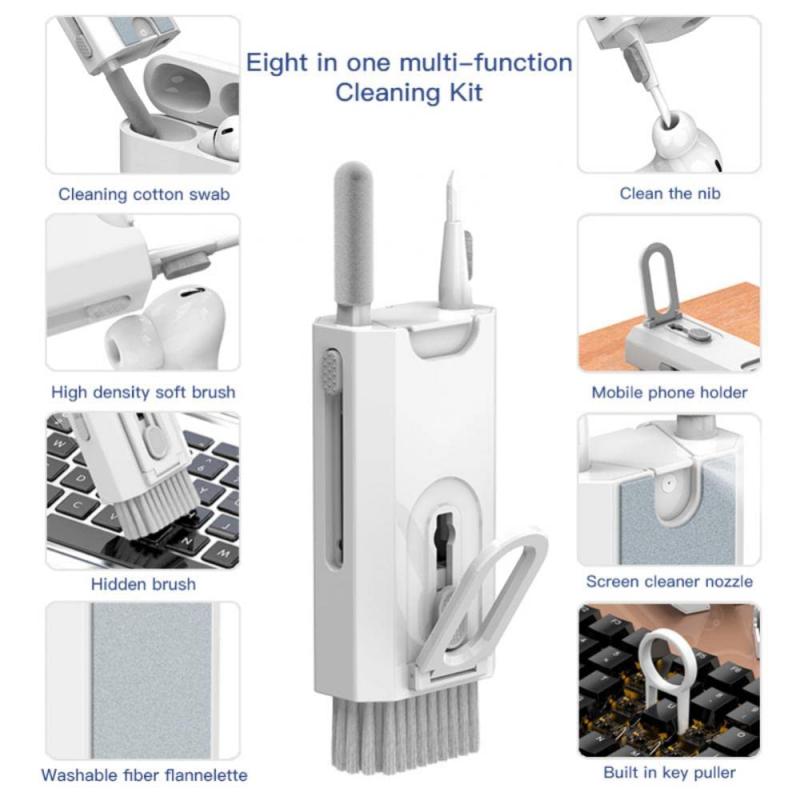
To clean a 10 stop ND filter, the first step is to remove any loose debris from the surface of the filter. This can be done using a blower or brush. A blower is a tool that uses compressed air to blow away any dust or debris that may have accumulated on the surface of the filter. A brush can also be used to gently sweep away any loose debris.
Once the loose debris has been removed, the next step is to clean the filter using a cleaning solution and a microfiber cloth. It is important to use a cleaning solution that is specifically designed for camera lenses and filters, as other cleaning solutions may damage the filter.
To clean the filter, apply a small amount of the cleaning solution to the microfiber cloth and gently wipe the surface of the filter in a circular motion. Be sure to avoid applying too much pressure, as this can scratch the surface of the filter.
After cleaning the filter, it is important to dry it thoroughly using a clean, dry microfiber cloth. Avoid using paper towels or other materials that may scratch the surface of the filter.
It is also important to store the filter in a clean, dry place to prevent dust and debris from accumulating on the surface. Some photographers recommend storing the filter in a protective case or pouch to prevent scratches and other damage.
Overall, cleaning a 10 stop ND filter requires a gentle touch and the use of specialized cleaning tools and solutions. With proper care and maintenance, a high-quality ND filter can provide years of reliable use and help photographers capture stunning images in a variety of lighting conditions.
3、 Rinsing the filter with distilled water

To clean a 10 stop ND filter, there are a few steps that you can follow to ensure that the filter is properly cleaned without causing any damage to it. One of the most important things to keep in mind is that you should never use any harsh chemicals or abrasive materials to clean the filter, as this can scratch or damage the surface of the filter.
The first step in cleaning a 10 stop ND filter is to gently blow off any loose dust or debris from the surface of the filter using a blower brush. This will help to remove any loose particles that may scratch the surface of the filter during the cleaning process.
Next, you can rinse the filter with distilled water to remove any remaining dirt or debris. It is important to use distilled water, as tap water can contain minerals and other impurities that can leave residue on the filter. Simply hold the filter under a gentle stream of distilled water and use your fingers to gently rub the surface of the filter to remove any dirt or debris.
After rinsing the filter, you can use a microfiber cloth to gently dry the surface of the filter. Be sure to use a clean, dry cloth to avoid leaving any lint or other particles on the surface of the filter.
In conclusion, cleaning a 10 stop ND filter is a simple process that can be done with a few basic tools and some care. By following these steps, you can ensure that your filter stays clean and free from scratches or other damage, allowing you to capture stunning images with your camera.
4、 Use of a cleaning solution and microfiber cloth
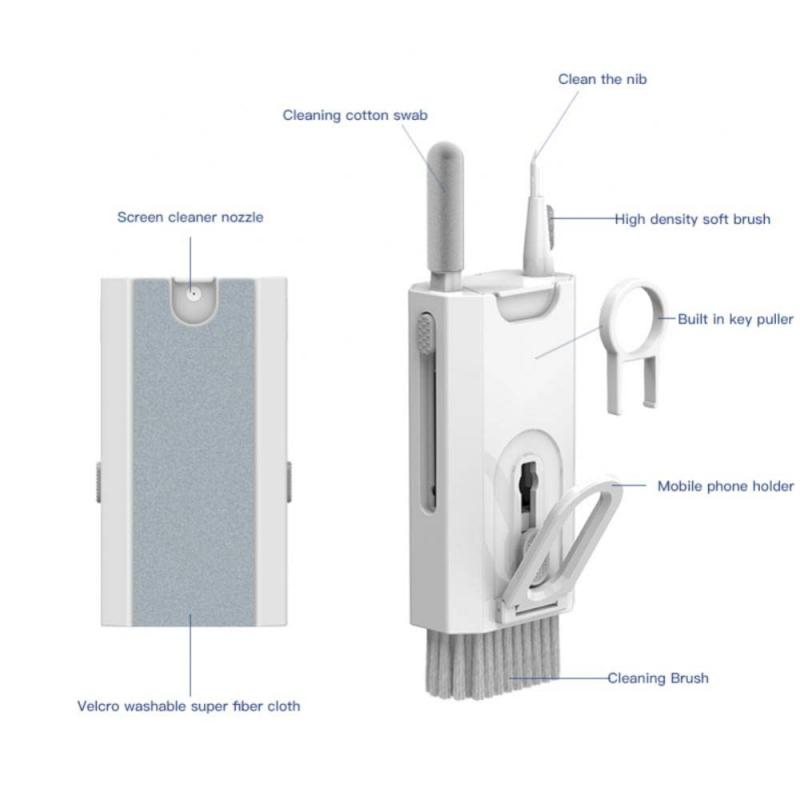
To clean a 10 stop ND filter, the best method is to use a cleaning solution and a microfiber cloth. The cleaning solution should be specifically designed for camera lenses and filters, and the microfiber cloth should be clean and free of any debris or dirt.
To begin, gently blow any loose dust or debris off the filter using a blower brush. Then, apply a small amount of the cleaning solution to the microfiber cloth and gently wipe the filter in a circular motion. Be sure to avoid applying too much pressure, as this can scratch the surface of the filter.
After wiping the filter with the cleaning solution, use a dry portion of the microfiber cloth to gently buff the filter and remove any remaining residue. It is important to avoid using any harsh chemicals or abrasive materials, as these can damage the filter and affect its performance.
It is also important to store the filter properly when not in use, to prevent dust and debris from accumulating on the surface. A protective case or pouch can help to keep the filter clean and free of scratches.
In recent years, some photographers have also started using ultrasonic cleaning devices to clean their filters. These devices use high-frequency sound waves to remove dirt and debris from the surface of the filter, without the need for any cleaning solutions or physical contact. However, it is important to use caution when using these devices, as they can potentially damage the filter if used improperly.

